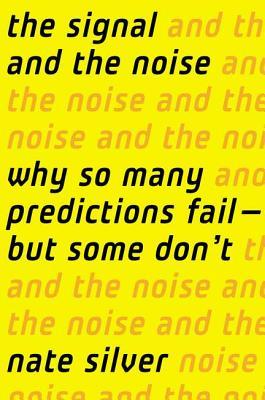

This is a book about predictions: how people from different fields make them, what they get right and wrong (mostly wrong).
The book is structured around case studies analyzing predictions from different fields: baseball, earthquakes, the stock market etc…
Though each chapter’s case study is entertaining to read for the specific case, I found the book to be light on actual generalizable insights.
“Professional forecasters” (economists, sports commentators, weather forecasters…) are most of the time overconfident and over-accurate in their predictions.
Because there are no consequences to them being wrong, we tend to remember the predictions they got right and forget the ones they got wrong.
Predictions are probabilistic in nature, but this is not usually reflected in mainstream media predictions (except e.g. weather forecasting).
We need to think of predictions probabilistically, and give a confidence interval (that is usually underestimated).
Thinking using Bayesian probabilities is a good way to force us to integrate probabilities in our thinking. This is the single, most actionable insight of the book for daily thinking.
Trusting the data too much can lead us to draw false conclusions. For example correlations that are purely coincidental, as we have access to more and more data.